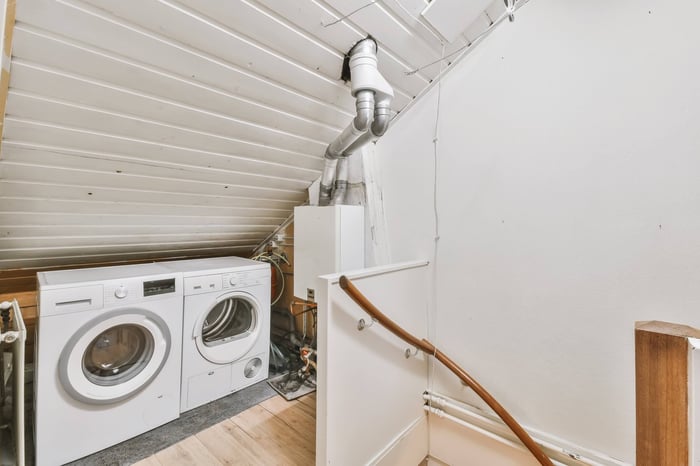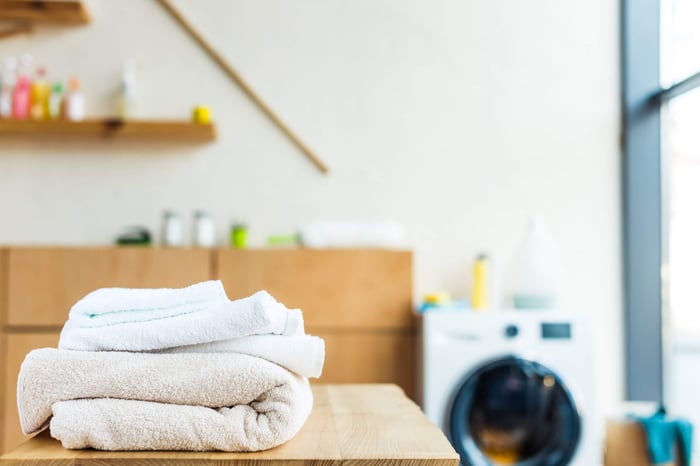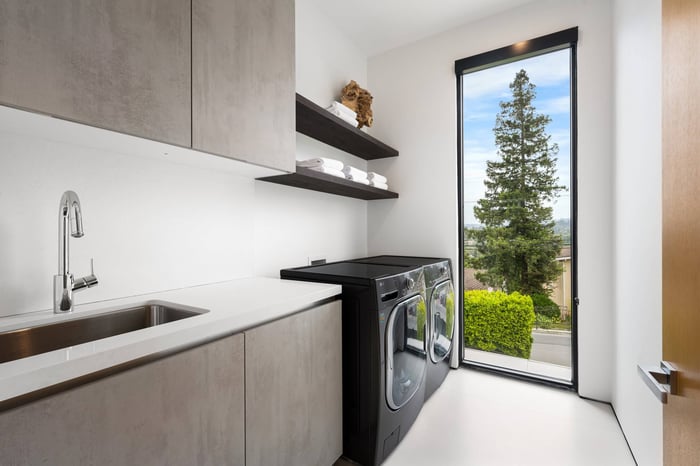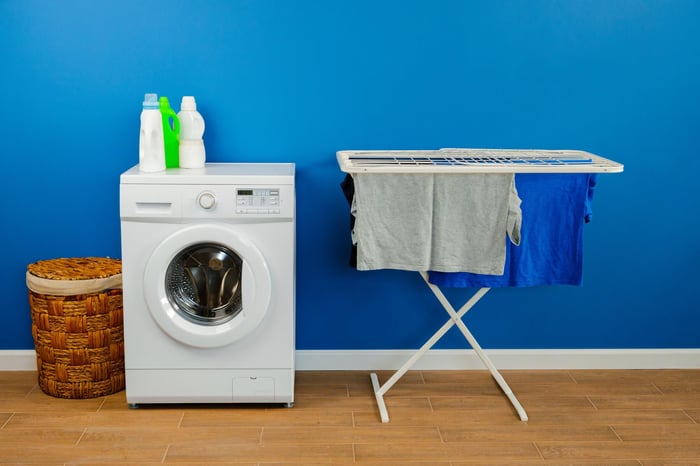
When it comes to laundry safety, your dryer vent might be more important than you think. Whether you're using a standard outdoor duct or an indoor dryer vent, poor setup or neglect can lead to performance issues, poor air quality — or worse, fire hazards.
If you’re using an indoor clothes dryer vent in a space like an apartment, condo, or basement, this post is for you. Below, we explore five of the most common safety mistakes people make and how you can avoid them to keep your home clean, safe, and efficient.
1. Using Indoor Vents with Gas Dryers ❌
Why it’s dangerous:
Gas dryers produce carbon monoxide, which is toxic and must be vented outdoors. Using an indoor dryer vent kit — even a high-quality one — with a gas dryer can create a serious health and fire hazard.
How to avoid it:
Only use indoor ventilation dryer kits with electric dryers. This is clearly stated on most product packaging and in local building codes.
2. Using Water Trap Kits Without Maintenance
Why it’s dangerous:
Water trap kits rely on a bucket of water to capture lint. But over time, they can become breeding grounds for mold, spill easily, or simply stop working.
Common signs of danger:
- Musty smells around the vent area
- Visible mold or mildew in the bucket
- Lint escaping into the room
How to avoid it:
If you use a water trap kit, empty and clean it regularly. Or better yet, upgrade to a filter-based indoor dryer vent system with reusable or replaceable filters and no water required.
3. Letting Lint Accumulate in the Filters or Hoses
Why it’s dangerous:
Lint is highly flammable. Allowing it to build up in your vent system (or behind your dryer) increases the risk of overheating and house fires.
How to avoid it:
- Clean your vent filter every few loads
- Vacuum behind the dryer regularly
- Inspect the exhaust hose monthly for buildup
- Replace filters as recommended by the manufacturer
4. Blocking Airflow or Crimping the Hose
Why it’s dangerous:
A crimped, crushed, or overly long exhaust hose can reduce airflow, causing the dryer to overheat. Poor airflow also reduces the effectiveness of the filtration system.
How to avoid it:
- Use rigid or semi-rigid metal ducts when possible
- Keep the vent hose under 6 feet in length
- Avoid sharp bends or kinks in the ductwork
- Don’t push your dryer tightly against the wall
5. Ignoring Safety Features (or Using Low-Quality Kits)
Why it’s dangerous:
Not all indoor dryer vent kits are created equal. Cheaper models may lack important safety components like backdraft dampers or pressure release flaps. Without these, clogged vents can cause dangerous heat and pressure buildup.
How to avoid it:
Choose a high-quality, certified indoor clothes dryer vent kit with built-in safety features. Look for:
- A dual-stage filtration system (e.g., stainless steel + polyester)
- A safety flap or pressure relief valve
- Compatibility with your dryer model (always electric, not gas)
Final Thoughts: Safe Drying Starts with Smart Venting
Drying your clothes indoors is a convenient option for many U.S. households, especially where outdoor venting isn’t feasible. But convenience should never come at the cost of safety.
To summarize:
✅ Use indoor vents only with electric dryers
✅ Keep filters clean and lint-free
✅ Avoid water traps unless cleaned frequently
✅ Maintain clear airflow
✅ Invest in quality, safety-tested products
BetterVent Indoor Dryer Vent
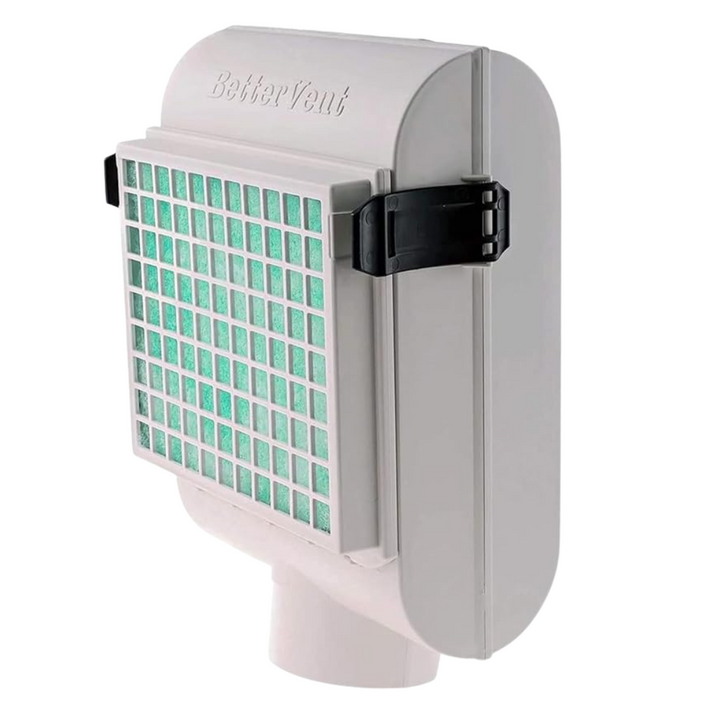
$ 59.95
BetterVent indoor dryer vent is an interior venting system that offers a lifetime of value. Simplify your laundry experience and upgrade your indoor venting today!… read more

